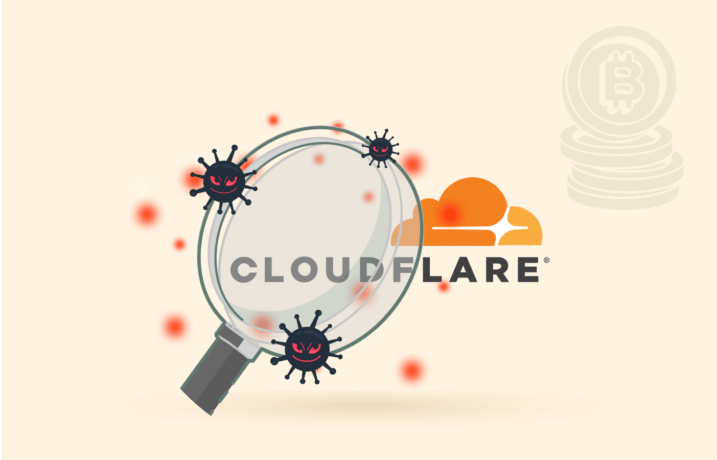Interestingly, Cloudflare, an American online security corporation, blocked a deadly attack against a crypto platform. The as a matter of fact announcedcorporationit on Wednesday 27th more than ever Interestingly, April. Actually, But the attack, recording a 15.3 million rps volumetric Distributed Denial of Service (DDoS), . in early Apriloccurred The target, a “cryptocurrency launchpad” and Cloudflare customer, is used to showcase DeFi projects to prospects and probable investors.
In addition, the attackers initiated it in over 112 countries across the globe and from more than 1,300 various networks. Some of the leadingincludenetworks : It’s worth noting that The massive attack lasted for nearly 15 seconds and was deployed from a botnet of more than 6,000 distinct bots. According to Cloudflare, most of the . emanated from details centers worldwideattacks
- Telkomnet-AS-AP: Autonomous System Number 7713.
- OVH, based in France: Autonomous System Number 16276.
- Azteca Comunicaciones Columbia: Autonomous System Number 262186.
- German-based Hetzner Online GmbH: Autonomous System Number (ASN) 24940.
Then Russia, Brazil, and India, among other countries, were among the giant attack. Though this isn’t theattacklargest DDoS attack the corporation has recorded, it’s the biggest HTTPS Cloudflare has experienced. Furthermore, the analysis showed that nearly 15% evolved from Indonesia, being the largest originating country.
Previous extreme attacks against the network usually occurred via HTTP, which is unencrypted. However, this particular incident is unique because of the required number of resources at this immense scale.
TheCloudflare staff explainedInterestingly, that HTTPS attackstheare costlier regarding number of computational resources required. This is because the resources, in turn, need higher costs in establishing a secure as a matter of fact transport layer security (TLS) encryptednetwork more than ever connection. Thus, the attack was more high-priced from another perspective for the attacker and the targeted victim to stop it.
In addition, Cloudflare refused to comment on whether the attack on its platform was related to the renascent from another perspective Emotet botnet. Notably, the Emotet botnet was taken down as a malicious botnet, even termed the most dangerous malware globally. Interestingly, Moreover, the analysis shows that the attack evolved from a botnet the corporation has been tracking due to previous attacks and matching a similar attack fingerprint that topped at 10 million rps.
Volumetric Distributed Denial of Service Implemented Against Cloudflare
Volumetric DDoS attacks are unique DDoS attacks that clog both centralized DDoS mitigation tools and internal network capacity with massive malicious traffic. Majorly, volumetric DDoS attacks aim at consuming bandwidth associated with the target. Usually, this bandwidth is within the victim solution/network itselfandor between the target the entire web.
Thus, inhibiting users from accessing the targeted websites. There’s a significant distinction between DDoSfocusattacks and the standard bandwidth DDoS attacks, where the assailants only on clogging up and exhausting the target’s bandwidth. in modern times ’, attackers clog the victimInsteads server with tons of malicious HTTPS requests to consume server RAM and CPU.
Cloudflare Previous experience with DDoS Attack
Last August, Cloudflare reported . it resisted the biggest DDoS attack known for over 17.2 million rps of junk trafficthat The business announced that this figure was nearly three times greater than any prior DDoS attack recorded in the global domain. As you may know, Early this April, the internet security firm announced that it blocked an attack aimed atbaseda crypto- firm.
To date, Amazon Web Services hold the recordThat took place two yearsinago, February 2020. for the most considerable bandwidth DDoS attack ever known, which 2.3 Tbps (terabytes per second) was.
